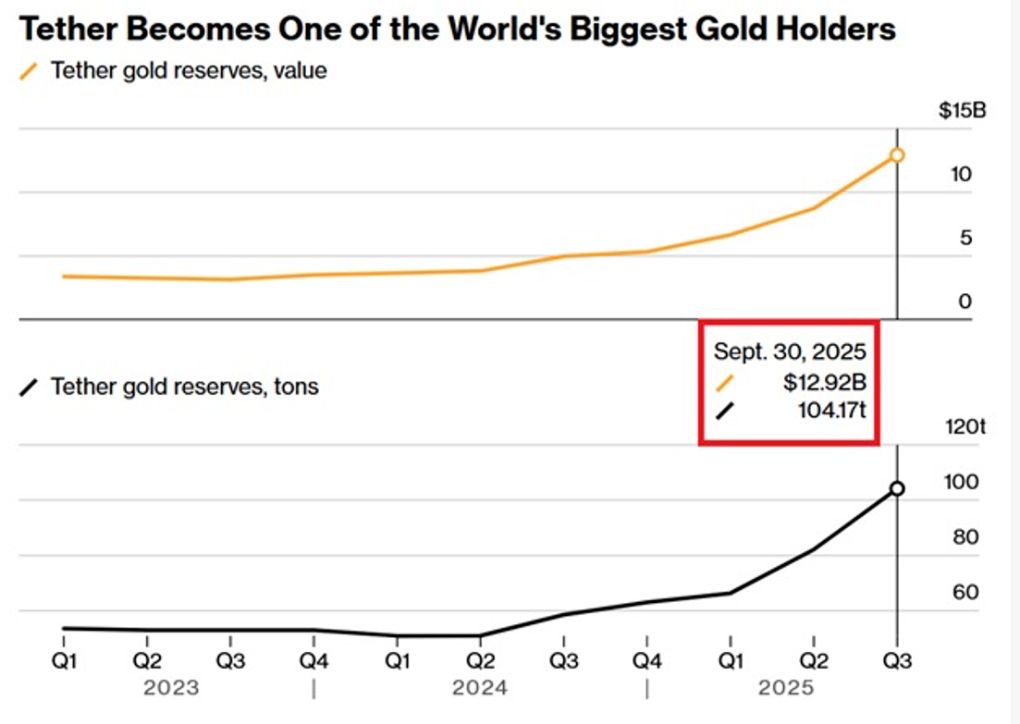The $161M Crypto Liquidation Crisis: A Wake-Up Call for Systemic Risk and the Case for Stable Investment Strategies
- August 2025 saw $161M crypto liquidations as BTC/ETH/SOL leveraged positions collapsed amid 62-65% long position closures. - Perpetual futures markets (93% of crypto derivatives) amplify systemic risks through 100x leverage and self-reinforcing volatility cycles. - DeFi-CeFi interconnectivity exacerbates fragility, with ETH's 80.97% DeFi dominance and leveraged collateral creating cross-market vulnerabilities. - Alternatives like inverse ETFs (REKT +3.30% in Q3 2025) and diversified collateral (stablecoi
In August 2025, the cryptocurrency market faced a seismic shock as $161 million in perpetual futures liquidations wiped out leveraged positions across major assets. Bitcoin (BTC) and Ethereum (ETH) bore the brunt, with $36.07 million and $97.41 million in liquidations respectively, driven by 62.68% and 64.97% of long positions being forcibly closed [1]. Solana (SOL) also saw $27.78 million in liquidations, with 56.48% of short positions collapsing [1]. This event underscores a critical flaw in leveraged crypto trading: the self-reinforcing cycle of volatility and cascading liquidations.
The Systemic Risks of Perpetual Futures
Perpetual futures markets, which account for 93% of crypto derivatives trading, enable 24/7 leveraged speculation but amplify systemic vulnerabilities [3]. Leverage ratios of up to 100x create a fragile ecosystem where even minor price swings trigger mass liquidations [1]. For example, negative funding rates of -1.56% in late 2024 intensified bearish trends, exacerbating downward spirals [1]. Behavioral biases like overconfidence and FOMO further compound risks, leading traders to overextend positions during bullish phases [1].
The interconnectedness between decentralized finance (DeFi) and centralized finance (CeFi) adds another layer of fragility. Ethereum, which dominates 80.97% of DeFi deposits, saw a 31.14% surge in borrowing activity driven by Pendle tokens, highlighting the precariousness of leveraged collateral [2]. Meanwhile, Bitcoin treasury companies leveraging offchain debt to purchase BTC create cross-market risks, where a single asset’s collapse could destabilize broader crypto infrastructure [2].
The Case for Stable, Less Leveraged Strategies
The August 2025 liquidation event serves as a stark reminder: high leverage is a double-edged sword. Alternative strategies, such as inverse ETFs and options-based hedging, offer more stability. During the Q3 2025 market correction, the inverse ETF REKT gained 3.30%, demonstrating the efficacy of hedging instruments in downturns [1]. Options strategies like iron condors and straddles also provide defined risk profiles, limiting exposure to extreme volatility [1].
Diversifying collateral types is another critical step. While BTC and ETH remain dominant, using stablecoins or low-volatility alt-coins like Monero can reduce liquidation risks [1]. Additionally, investors should prioritize long-term value capture over speculative trading, focusing on projects with robust fundamentals rather than leveraged bets on price swings.
Conclusion
The $161 million liquidation event is not an anomaly but a symptom of deeper systemic flaws in crypto’s leveraged markets. As perpetual futures continue to reshape trading dynamics, investors must adopt strategies that prioritize resilience over rapid gains. By shifting toward inverse ETFs, options, and diversified collateral, the crypto ecosystem can mitigate the risks of cascading liquidations and build a foundation for sustainable growth.
Source:
[1] Systemic Risks in Crypto Perpetual Futures: Navigating Liquidation Cascades and Strategic Hedging
[2] Crypto Leverage Volatility and Systemic Risk in DeFi Lending
[3] Perpetual Futures Contracts and Cryptocurrency Market Quality
Disclaimer: The content of this article solely reflects the author's opinion and does not represent the platform in any capacity. This article is not intended to serve as a reference for making investment decisions.
You may also like
Coinpedia Digest: This Week’s Crypto News Highlights | 29th November, 2025
QNT Price Breaks Falling Wedge: Can the Bullish Structure Push Toward $150?

Digital dollar hoards gold, Tether's vault is astonishing!

The Crypto Bloodbath Stalls: Is a Bottom In?
